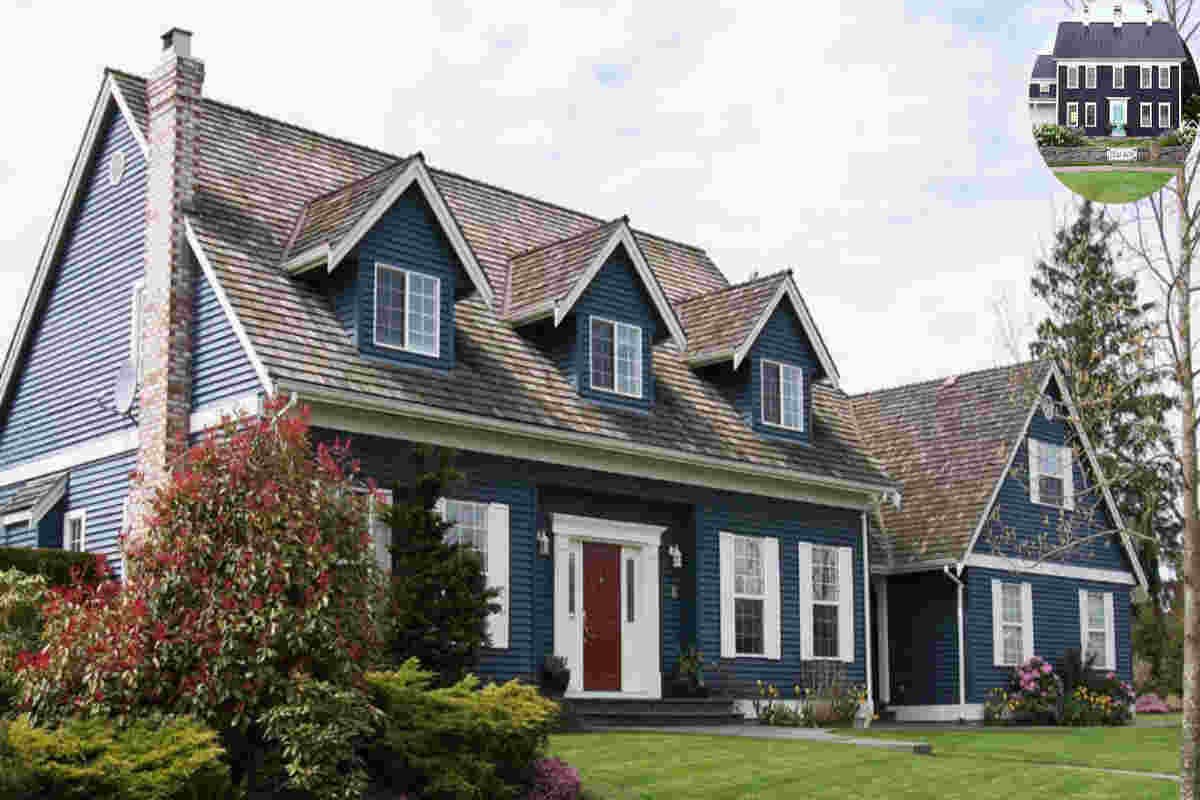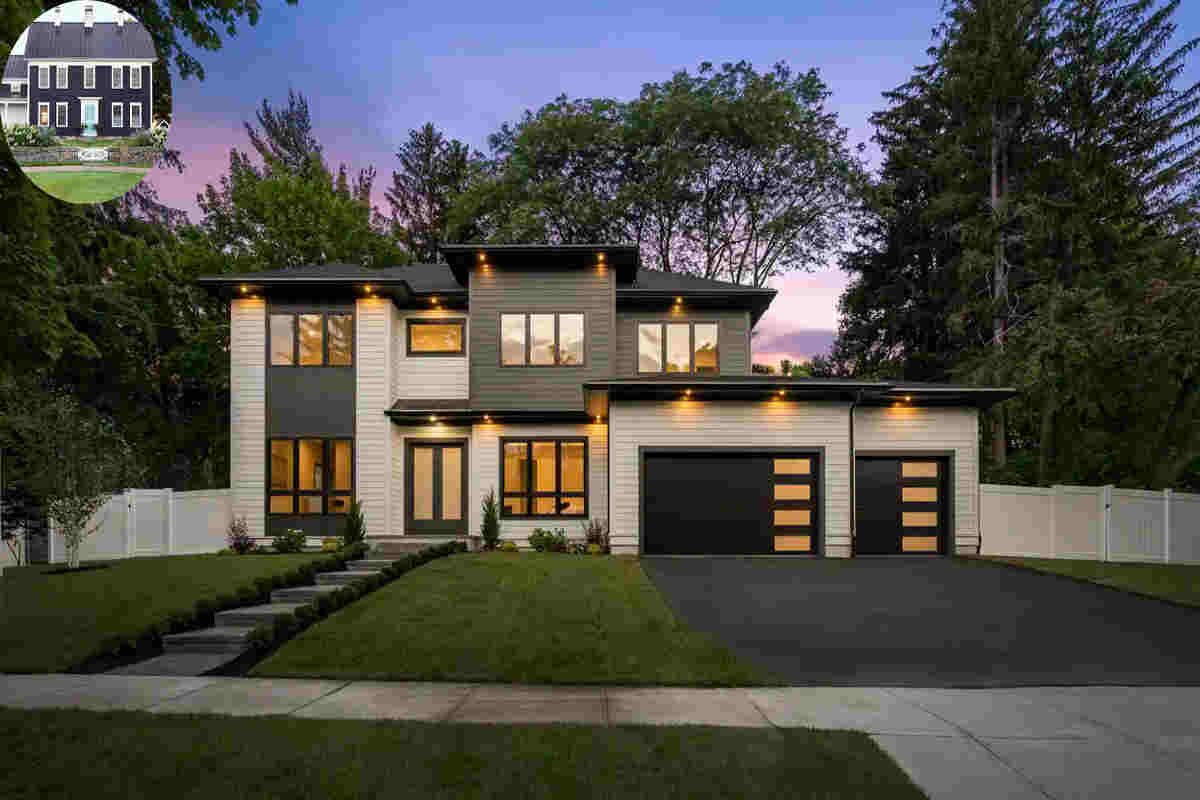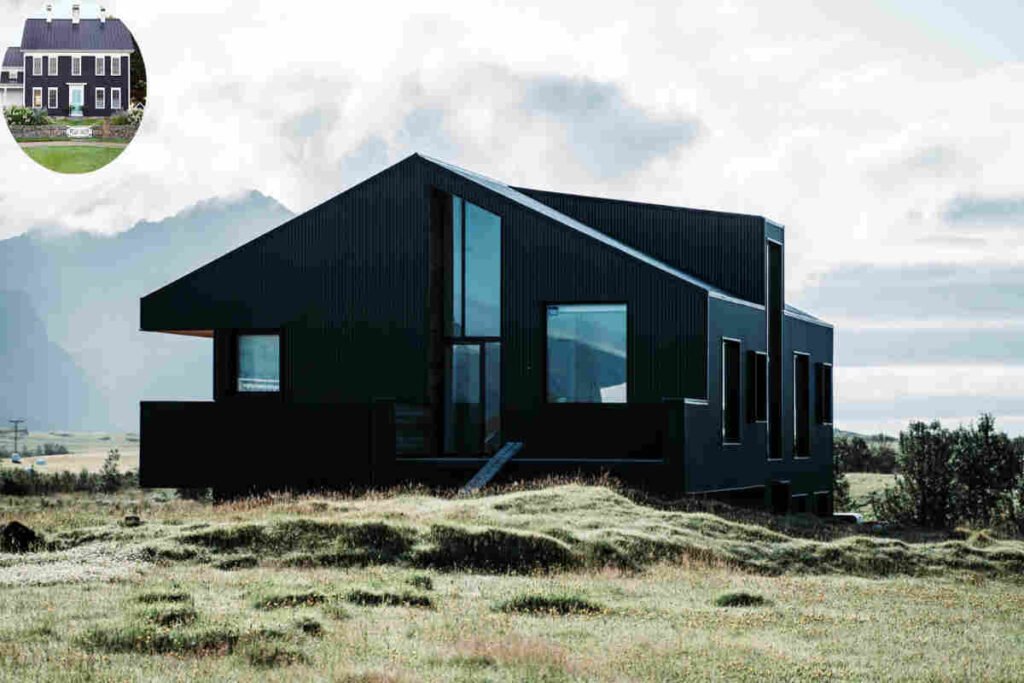Few exterior paint colors make a statement like black, but before you opt for this bold look, it’s important to consider how it could affect your home’s comfort. Black paint absorbs significantly more sunlight than lighter colors, converting that energy into heat. This means the exterior surfaces of a black-painted house can become much hotter-sometimes up to 54°F (30°C) hotter than their white counterparts under direct sunlight. In hot or sunny climates, this heat can seep indoors, potentially making your house feel uncomfortably warm and driving up cooling costs. However, the actual impact depends on factors like insulation, ventilation, building materials, and your local climate. So, does painting your house black risk turning your home into a summertime oven? Let’s explore the science behind color, heat absorption, and what you can do to stay cool without sacrificing style.
The science behind heat absorption and reflection in colors
Colors interact with light in fascinating ways. When sunlight hits a surface, it can be absorbed or reflected. Darker colors, like black, absorb most of that light energy. This absorption leads to increased temperatures.
In contrast, lighter shades tend to reflect more sunlight. White and pastel hues bounce back most of the sun’s rays, keeping surfaces cooler. This difference is rooted in physics, specifically how wavelengths behave when they encounter different materials.
The heat absorption properties vary based on both color and texture too. A glossy finish may reflect slightly more light than a matte one even if both are the same color. Therefore, choosing paint isn’t just about aesthetics; it also impacts temperature dynamics significantly within your home environment.
The impact of black paint on a house’s temperature
Black paint absorbs more sunlight than lighter colors. This absorption can lead to significant temperature increases within a home, especially during hot summer months.
When the sun shines on a black-painted exterior, it transforms that energy into heat. As a result, surfaces become warmer and can elevate indoor temperatures. This effect is most pronounced in areas where direct sunlight hits consistently throughout the day.
Not only does this increase external surface temperatures, but it also affects air conditioning efficiency. More energy may be needed to cool down spaces inside the house as heat seeps through walls and windows.
While aesthetic appeal draws many to choose black paint for their homes, it’s essential to consider these thermal implications carefully. The overall comfort of living in such an environment might shift significantly due to color choice alone.
You may also read (does running the dryer really heat up your house).
Comparing the temperature difference between black and light-colored houses
When it comes to temperature, black houses absorb significantly more heat compared to their light-colored counterparts. Dark hues soak up sunlight, leading to higher indoor temperatures during hot days.
Research shows that a black-painted house can be several degrees warmer than a white one under the same conditions. This difference becomes particularly noticeable in the afternoon when the sun is at its peak.
Light colors reflect sunlight, helping maintain cooler environments inside. A pale facade might contribute to lower energy bills by reducing air conditioning needs.
However, factors like insulation and window orientation also play vital roles in determining how warm or cool your home feels. Choosing between black and light shades involves considering not just aesthetics but practical implications for comfort too.
Other factors that can affect a house’s temperature
Several factors contribute to a house’s overall temperature beyond just the color of its exterior. Insulation plays a key role in maintaining indoor comfort. A well-insulated home can keep cool air inside during hot months and warm air in when it’s chilly.
The orientation of your house matters too. Homes that face the sun for most of the day will naturally absorb more heat, regardless of paint color.
Landscaping choices can also influence temperature control. Planting trees or shrubs strategically around your home can provide shade and reduce heat gain.
Windows are another crucial element. The type, size, and placement all affect how much sunlight enters a space, impacting temperatures significantly.
Ventilation systems should not be overlooked. Proper airflow helps regulate indoor climates effectively by removing excess heat from living areas during peak temperatures.
Tips for using black paint in hot climates
If you’re set on using black paint for your home, there are a few tips to keep in mind, especially if you live in a hot climate. First, consider the timing of your painting project. Aim for cooler months or times of day when temperatures drop slightly.
You might also want to think about insulation and ventilation strategies before making the leap. Installing reflective roof coatings can help balance out heat absorption from your walls. Adding shade elements like awnings or pergolas will create relief from direct sunlight hitting painted surfaces.
Choose high-quality exterior paint designed for durability and heat resistance. This could make a significant difference in how much heat is absorbed versus reflected by your home’s exterior.
By being strategic with color choices and additional features, you can enjoy the aesthetic appeal of black paint without turning your house into an oven during those sweltering summer days.
You may also read (home decor).

